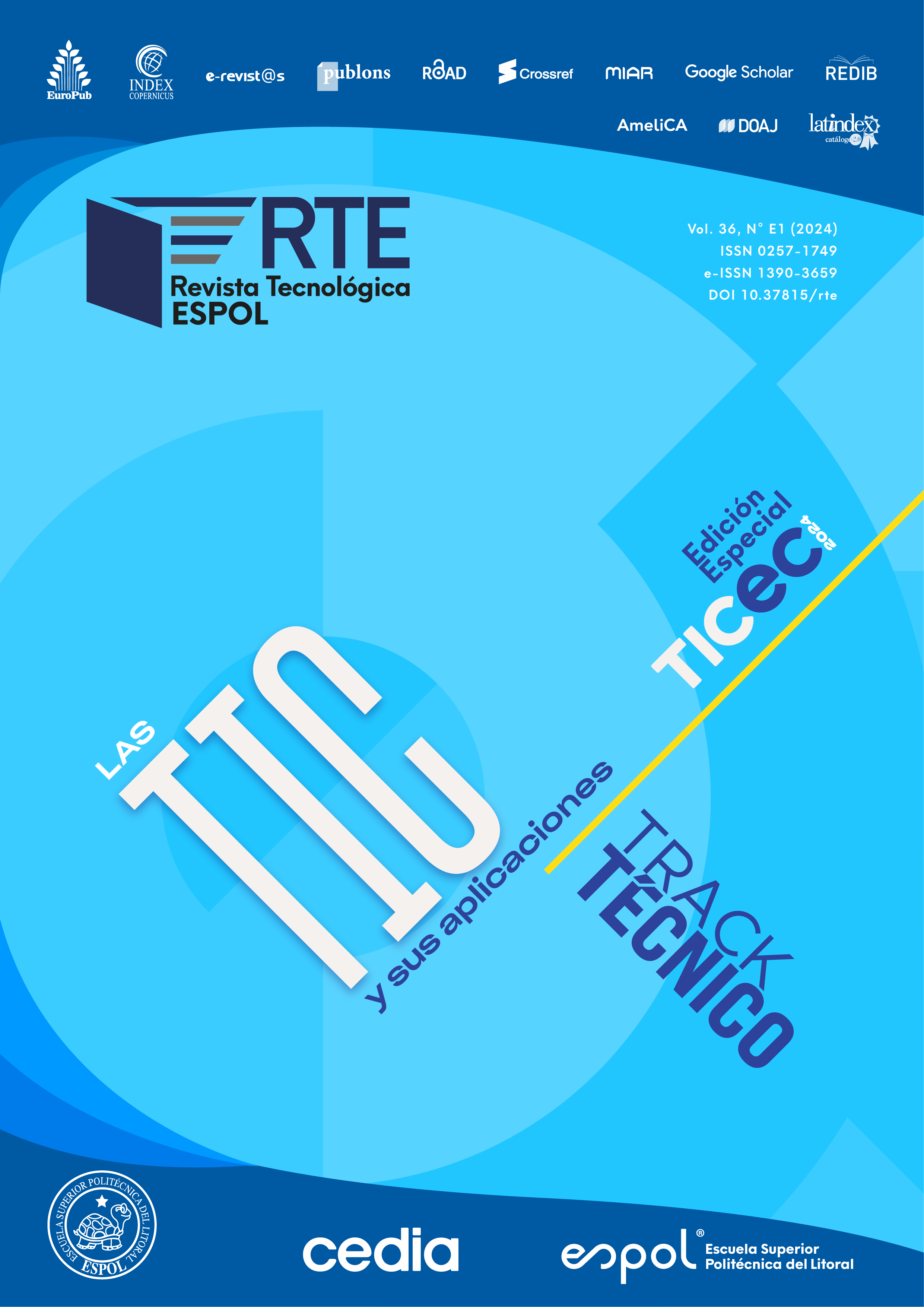Este estudio de caso describe y analiza la integración de avatares generados por inteligencia artificial (IA) como herramientas de comunicación en videos educativos dentro de Cursos Masivos Abiertos en Línea (MOOCs). Se analizaron varios aspectos: la aceptación del avatar como medio de comunicación, la credibilidad y empatía transmitidas por el mismo, la retención de la atención a lo largo de los videos, y su contribución a transmitir el mensaje de manera clara y comprensible. Se condujo un análisis descriptivo cuantitativo y cualitativo de encuestas completadas al final del curso. Las descripciones preliminares dan indicios que los avatares generados con IA podrían funcionar como sustitutos de grabaciones humanas para transmitir información. Aunque todavía se requiere un refinamiento de la tecnología y estudios de eficacia en la transmisión del conocimiento y en su costo-efectividad, para determinar la ventaja de esta tecnología en comparación con las grabaciones tradicionales.

Esta obra está bajo una licencia internacional Creative Commons Atribución-NoComercial 4.0.
Referencias
Abhishek N., Kulal, A., M.S., D., & Dinesh, S. (2023). Effectiveness of MOOCs on learning efficiency of students: A perception study. Journal of Research in Innovative Teaching & Learning. https://doi.org/10.1108/JRIT-12-2022-0091
Alario-Hoyos, C., Amado, H., & Chan, M. M. (2016). MOOC-Maker: Construcción de Capacidades de Gestión de MOOCs en Educación Superior de Latinoamérica.
Amado-Salvatierra, H. R., Chan, M. M., & Hernandez-Rizzardini, R. (2023). Combining Human Creativity and AI-Based Tools in the Instructional Design of MOOCs: Benefits and Limitations. 2023 IEEE Learning with MOOCS (LWMOOCS), 1-6. https://doi.org/10.1109/LWMOOCS58322.2023.10306023
Banh, L., & Strobel, G. (2023). Generative artificial intelligence. Electronic Markets, 33(1), 63. https://doi.org/10.1007/s12525-023-00680-1
Brako, D. K., & Mensah, A. K. (2023). Robots over humans? The place of artificial intelligence in the pedagogy of art direction in film education. Journal of Emerging Technologies, 3(2), 51-59. https://doi.org/10.57040/jet.v3i2.484
Deng, R. (2024). Effect of video styles on learner engagement in MOOCs. Technology, Pedagogy and Education, 33(1), 1-21. https://doi.org/10.1080/1475939X.2023.2246981
Deng, R., Benckendorff, P., & Gannaway, D. (2019). Learner engagement in MOOCs: Scale development and validation. British Journal of Educational Technology, 51(1), 245-262. https://doi.org/10.1111/bjet.12810
He, J. (2024). A Study on the Influence of Artificial Intelligence on Image Art Design. SHS Web of Conferences, 181, 04028. https://doi.org/10.1051/shsconf/202418104028
Hone, K. S., & El Said, G. R. (2016). Exploring the factors affecting MOOC retention: A survey study. Computers & Education, 98, 157-168. https://doi.org/10.1016/j.compedu.2016.03.016
Leiker, D., Gyllen, A. R., Eldesouky, I., & Cukurova, M. (2023). Generative AI for learning: Investigating the potential of synthetic learning videos (arXiv:2304.03784). arXiv. https://doi.org/10.48550/arXiv.2304.03784
Maldonado, J. (2022). ¿Cómo hacer un MOOC? https://educacionvirtual.cedia.edu.ec/courses/course-v1:CEDIA+MOOC-10-2022+2021_T2/about
Maldonado, J. J., Palta, R., Vázquez, J., Bermeo, J. L., Pérez-Sanagustín, M., & Munoz-Gama, J. (2016). Exploring differences in how learners navigate in MOOCs based on self-regulated learning and learning styles: A process mining approach. 2016 XLII Latin American Computing Conference (CLEI), 1-12. https://doi.org/10.1109/CLEI.2016.7833356
Maldonado, J. J., Pérez-Sanagustín, M., Bermeo, J. L., Muñoz, L., Pacheco, G., & Espinoza, I. (2017). Flipping the classroom with MOOCs. A pilot study exploring differences between self-regulated learners. 2017 Twelfth Latin American Conference on Learning Technologies (LACLO), 1-8. https://doi.org/10.1109/LACLO.2017.8120934
Matplotlib. (2024). Visualization with Python. https://matplotlib.org/
Nesterowicz, K., Bayramova, U., Fereshtehnejad, S.-M., Scarlat, A., Ash, A., Augustyn, A. M., & Szádeczky, T. (2022). Gamification Increases Completion Rates in Massive Open Online Courses: International Journal of Information and Communication Technology Education, 18(1), 1-12. https://doi.org/10.4018/IJICTE.294447
NumPy. (2024). https://numpy.org/
Pandas. (2024). Python Data Analysis Library. https://pandas.pydata.org/
Peiqi, J. (2024). Applications of Generative Artificial Intelligence in Online Learning and Ethical Governance Framework. Frontiers in Educational Research, 7(5). https://doi.org/10.25236/FER.2024.070533
Salas-Pilco, S. Z., & Yang, Y. (2022). Artificial intelligence applications in Latin American higher education: A systematic review. International Journal of Educational Technology in Higher Education, 19(1), 21. https://doi.org/10.1186/s41239-022-00326-w
Seaborn. (2021). seaborn: Statistical data visualization. Journal of Open Source Software, 6(60), 3021. https://doi.org/10.21105/joss.03021
Shah, D. (2021, diciembre 1). By The Numbers: MOOCs in 2021. The Report by Class Central. https://www.classcentral.com/report/mooc-stats-2021/
Vallis, C., & Britton, B. (2024). From script to screen: An emergent view of AI-generated avatars.
Zawacki-Richter, O., Marín, V. I., Bond, M., & Gouverneur, F. (2019). Systematic review of research on artificial intelligence applications in higher education – where are the educators? International Journal of Educational Technology in Higher Education, 16(1), 39. https://doi.org/10.1186/s41239-019-0171-0
Zhang, M., Tan, R., Lu, Q., Huang, Y., & Li, R. (2023). Exploration and Evaluation of a Digitized Teacher for Enhancing Online Course Efficiency and Interests. https://doi.org/10.2139/ssrn.4356944











